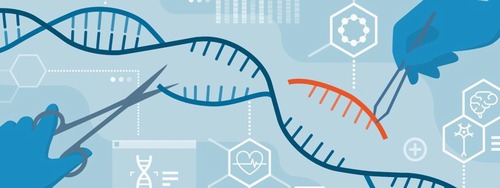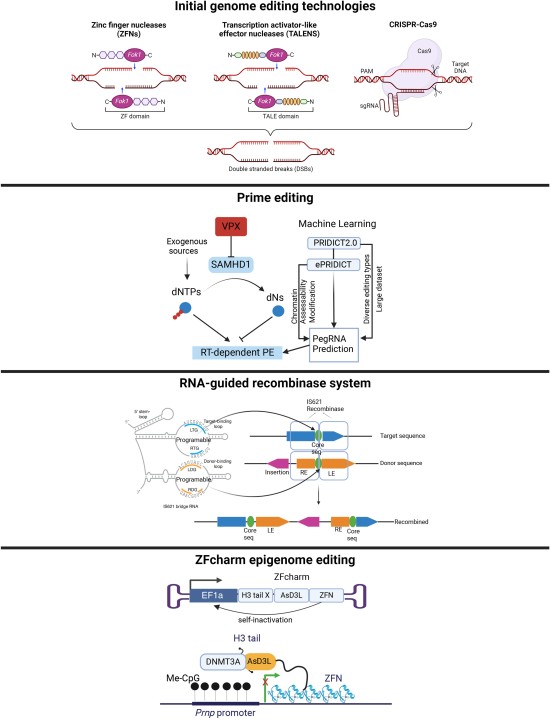Revolutionizing Gene Therapy: Combining Base/Prime Editing with Epigenetic Regulation

Gene editing technologies like base and prime editing allow precise corrections to DNA without causing harmful double-strand breaks. While these methods are effective for treating mutation-driven diseases, many conditions stem from dysregulated gene expression rather than genetic mutations. Now, scientists are exploring a groundbreaking approach—merging base/prime editing with epigenetic regulationto fine-tune gene activity and expand the scope of genetic therapies.
Epigenetic regulation, which includes DNA methylation, histone modification, and chromatin remodeling, controls gene expression without altering the DNA sequence itself. By fusing base/prime editors with epigenetic modifiers, researchers can activate or silence genes in a highly targeted manner. For instance, manipulating DNA methylation could suppress oncogenes in cancer or reactivate silent tumor suppressor genes.
Innovative designs incorporating enzymes like TET (for demethylation) and DNMT3A (for methylation) allow simultaneous gene correction and gene regulation. This dual-action approach could offer new treatments for conditions like Fragile X syndrome, Rett syndrome, and certain cancers—diseases where both genetic and epigenetic factors play critical roles.
Unlike traditional gene editing, epigenetic modifications are reversible, making this strategy highly dynamic and adaptable. Integrating epigenetic modulation with base/prime editing could enhance long-term therapeutic outcomes while minimizing permanent genomic changes.
Looking forward, this fusion of precision editing and epigenetic control paves the way for next-generation gene therapies, broadening the horizons of precision medicine and personalized treatments.




comment